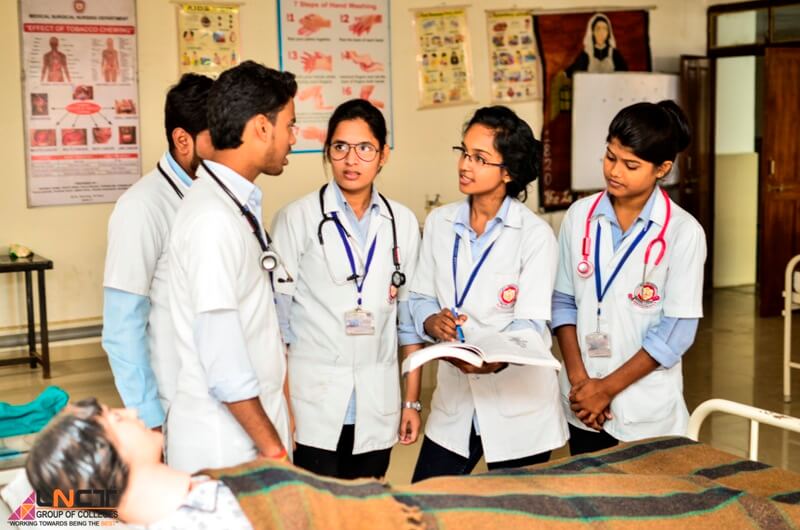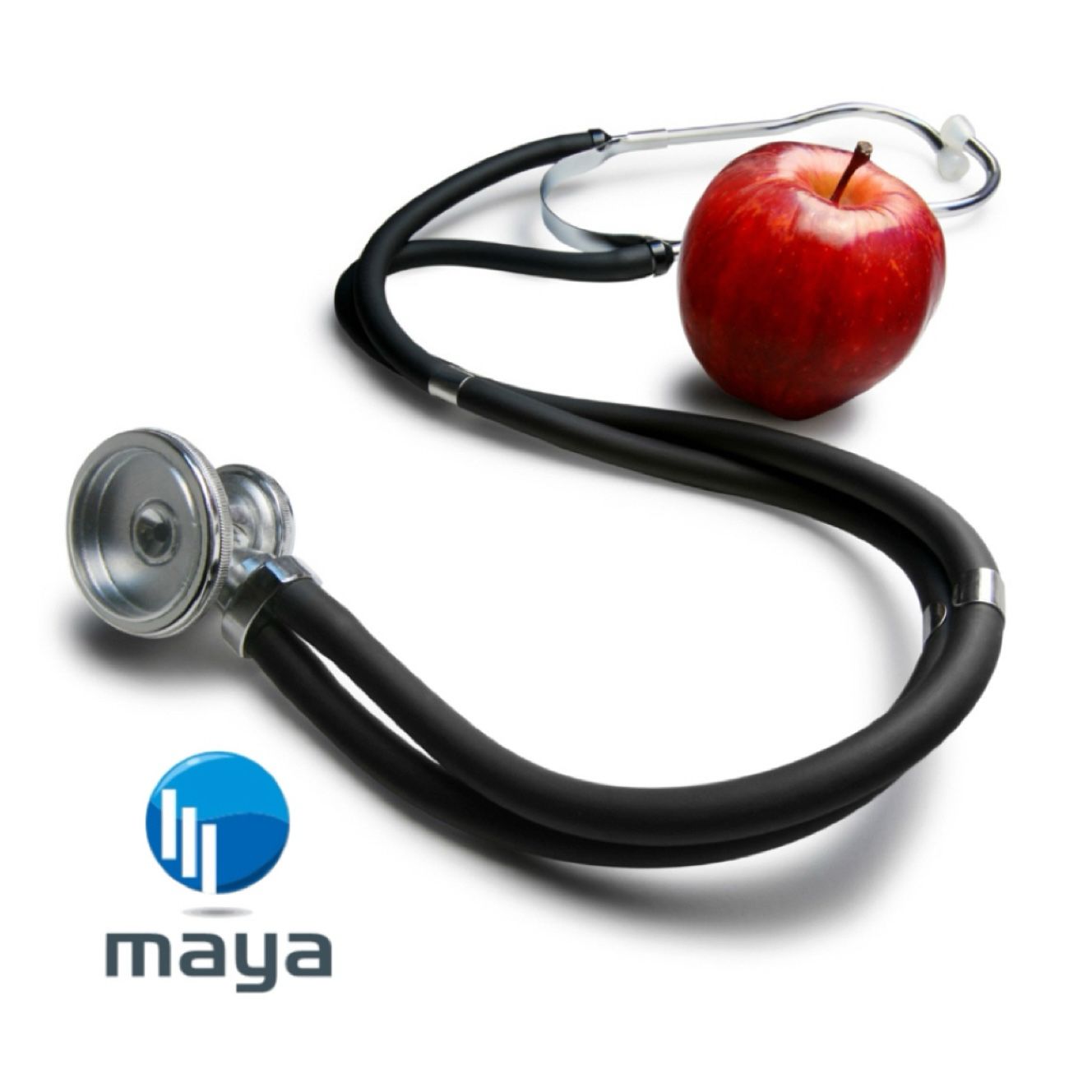This document provides a review of the provided sources concerning medical education and clinical practice, highlighting key themes and important ideas.
Source 1: Medical Education 
This source is a section of the Ministry of Health & Family Welfare, Government of India website, specifically focusing on Medical Education. While providing a general overview, the most notable aspect is the list of linked documents and resources. This indicates the administrative and regulatory framework surrounding medical education in India. Key areas covered by the links include:
- Selection processes for National Medical Commission (NMC) members and boards.
- Approval for undergraduate (UG) and postgraduate (PG) courses.
- Legislation such as the Indian Medical Council Act 1956 and the Right to Information Act, 2005.
- Policies related to medical education and the development of nursing services.
Main Theme: The administrative and legislative oversight of medical education in India by the Ministry of Health & Family Welfare.
Important Idea/Fact: The source highlights the formal structures and regulatory mechanisms in place for managing medical education and related services within the Indian healthcare system.
Source 2: Clinical Methods - NCBI Bookshelf
This source is the table of contents for the 3rd edition of the textbook "Clinical Methods: The History, Physical, and Laboratory Examinations," edited by H Kenneth Walker, W Dallas Hall, and J Willis Hurst. The detailed table of contents outlines the fundamental components of clinical practice.
Main Themes:
- The historical evolution of clinical methods, including contributions from key figures like Hippocrates, Vesalius, and Laennec.
- The systematic approach to clinical practice, encompassing data collection and analysis.
- The core elements of a patient encounter: the medical interview and the physical examination.
- Detailed examination and assessment techniques across various bodily systems (Cardiovascular, Pulmonary, Nervous, Autonomic Nervous, Gastrointestinal, Skin, Eye, Ear/Nose/Mouth/Throat, Endocrine, Hematologic/Immunologic/Oncologic, Musculoskeletal, Female Genitalia/Breasts, Genitourinary, Psychiatric, and General).
- The role of laboratory examinations in clinical diagnosis.
Important Ideas/Facts:
- The text emphasizes a structured and comprehensive approach to patient care, starting with the patient's history and a thorough physical examination.
- The inclusion of historical context underscores the development of medical practice and the evolution of diagnostic tools (e.g., the stethoscope, ophthalmoscope, reflex hammer, sphygmomanometer).
- The detailed breakdown by body system highlights the breadth and depth of knowledge and skills required for a complete clinical assessment.
- The presence of chapters on "Collecting and Analyzing Data: Doing and Thinking" and "The Medical Interview" stresses the cognitive and communication skills essential for effective clinical practice.
Source 3: Evidence-Based Medicine: History, Review, Criticisms, and Pitfalls - PMC
This source provides an in-depth look at the concept of Evidence-Based Medicine (EBM), tracing its history, outlining its methods, and discussing its limitations and criticisms.
Main Themes:
- The historical development of EBM, acknowledging pioneers like Alvan Feinstein and David Sackett.
- The formalization of EBM as a systematic approach to clinical decision-making.
- Key tools and methods used in EBM, including critical appraisal of literature and statistical measures like the p-value, Likelihood Ratio, AUC-ROC, and Number Needed to Treat/Harm (NNT/NNH).
- Grading systems for assessing the quality of evidence, such as those developed by the USPSTF and the GRADE working group.
- Criticisms and pitfalls associated with EBM, including over-reliance on the p-value ("p-hacking"), publication bias, and the challenge of applying generalized evidence to individual patients with multimorbidity.
Important Ideas/Facts:
- EBM is defined as "the application, by a physician who provides direct patient care, of epidemiological and biometric methods to the study of the diagnostic and therapeutic process to effect a health improvement." (Quote from Sackett).
- The concept of "critical appraisal" is central to EBM, emphasizing the need for physicians to understand and evaluate medical literature.
- Randomized Controlled Trials (RCTs) are considered a high level of evidence (Level I by USPSTF), but the source also acknowledges the importance of other study designs.
- Statistical measures are employed to quantify the effectiveness and utility of tests and treatments.
- Criticisms highlight the potential for misuse of statistical tools and the challenges of translating population-level evidence to individual patient care. The article mentions the concern that "most published research findings are false." (Quote from Ioannidis JP).
Source 4: Evidence-based medicine - Wikipedia
This Wikipedia entry provides a broad overview of Evidence-Based Medicine (EBM), echoing many points from Source 3 but also offering additional historical context and structure.
Main Themes:
- Definition and background of EBM.
- The role of EBM in clinical decision-making, guidelines, policies, and medical education.
- Historical precursors to EBM, including early controlled trials.
- Detailed explanation of EBM methods, including steps, evidence reviews, assessing quality of evidence, categories of recommendations, statistical measures, and quality of clinical trials.
- Limitations and criticisms of EBM.
- The application of evidence in clinical settings.
- Education in EBM.
Important Ideas/Facts:
- The source emphasizes that EBM involves integrating clinical expertise with the best available external clinical evidence.
- The history section points to early examples of controlled trials, such as Jan Baptist van Helmont's proposed trial for bloodletting and James Lind's work on scurvy.
- The USPSTF and GRADE systems for grading evidence quality are discussed as key frameworks.
- Statistical measures like Likelihood Ratio, AUC-ROC, NNT/NNH are presented as tools for EBM practitioners.
- The "Limitations and criticism" section acknowledges ongoing debates and challenges in implementing EBM effectively.
Source 5: MBBS vs MD – Similarities & Differences Between Medical Degrees
This source from the American University of the Caribbean School of Medicine clarifies the distinctions between the MBBS and MD degrees, particularly in different geographical contexts.
Main Themes:
- Explanation of the MBBS (Bachelor of Medicine, Bachelor of Surgery) and MD (Doctor of Medicine) qualifications.
- Comparison of the degrees across the UK, US, India, and Australia, highlighting variations in their level and purpose.
- The MBBS is generally an undergraduate degree in the UK, India, and historically in Australia, providing foundational medical training.
- The MD is typically a postgraduate research degree in the UK and India, focused on in-depth research after obtaining the primary medical qualification.
- In the US and Canada, the MD is the primary medical qualification awarded after completing medical school.
- The American University of the Caribbean School of Medicine offers an MD course designed for individuals seeking eligibility for medical practice in the US, UK, and elsewhere, including those with an MBBS.
Important Ideas/Facts:
- "In the UK, the MBBS degree is not equivalent to the MD degree."
- "In the US, however, the MD program is the primary medical qualification."
- The key differences between MBBS and MD (in contexts where they are distinct) lie in their "Levels of education and purpose."
- MBBS focuses on "Foundational medical sciences, clinical skills training, and practical rotations," while the MD (as a postgraduate degree) is "Centered around in-depth research" and often requires a thesis.
Source 6: MSc in Medical Education - Introduction
This source is a description of an MSc in Medical Education program, likely from a university. It highlights the nature and goals of postgraduate study in this field.
Main Themes:
- The MSc in Medical Education is a postgraduate qualification primarily for health professionals, particularly doctors.
- The program emphasizes engaging with "medical education literature" and conducting research (dissertation).
- The course structure involves a blend of in-site seminars and online reflection.
- The interdisciplinary nature of the program, combining expertise from Departments of Education and Medical Schools.
- The importance of equity, diversity, and inclusion within medical education.
- The cultivation of a community aspect among students and faculty.
- Encouragement for students to take on teaching roles.
Important Ideas/Facts:
- The program is designed to develop expertise in the field of medical education beyond initial clinical training.
- Research and engagement with existing literature are core components of the curriculum.
- The focus on equity, diversity, and inclusion reflects contemporary priorities in medical education.
- The program aims to foster a community of practice among those involved in medical education.
Source 7: Precision education and the future of medical education
This source uses the analogy of Amazon to describe the potential future of medical education, focusing on personalization, efficiency, and increased agency for the learner.
Main Themes:
- The concept of "precision education" in the context of medical training.
- The idea that future medical education will be more "personalized," "super efficient," and grant learners more "agency."
- The use of the Amazon model as an analogy for a system that adds value through tailored and efficient offerings.
Important Idea/Fact: The source posits that the future of medical education will be characterized by a shift towards more individualized and efficient learning experiences, driven by principles similar to those seen in personalized consumer platforms.
Source 8: Study MBBS and PGT in abroad - Study abroad consultants in Kolkata
This source is from an overseas education consultant, focusing on assisting students from India in pursuing MBBS and PGT (Postgraduate Training) programs abroad.
Main Themes:
- Provision of services for Indian students seeking to study MBBS and PGT overseas.
- Highlights the full form and typical duration of MBBS and PGT programs.
- Mentions the limited availability of MBBS seats in West Bengal as a driver for seeking education abroad.
- Promotes specific countries (like Russia) for affordable MBBS education.
- Emphasizes the benefits of pursuing PGT abroad for enhanced clinical skills, specialization, and global exposure.
Important Ideas/Facts:
- The source reflects the increasing trend of Indian students seeking medical education internationally.
- It highlights the practical aspects of studying abroad, including course duration, fees, and specialization opportunities.
- The distinction between MBBS as a foundational degree and PGT as specialized training is reiterated.
Overall Synthesis of Themes:
Across these sources, several overarching themes emerge regarding medical education and practice:
- Foundation and Structure: Medical training begins with foundational degrees (MBBS in some contexts, MD in others) that provide the essential knowledge and clinical skills for general practice. This is supported by a structured curriculum and regulatory oversight (Source 1, 2, 5).
- Evolution of Clinical Practice: Clinical practice has evolved over time, incorporating systematic methods, diagnostic tools, and analytical approaches (Source 2, 3, 4).
- The Rise of Evidence-Based Medicine (EBM): EBM has become a dominant paradigm, emphasizing the use of research evidence to guide clinical decisions. This involves critical appraisal of literature, understanding statistical measures, and utilizing grading systems for evidence quality (Source 3, 4).
- Challenges and Criticisms of EBM: Despite its importance, EBM faces challenges, including potential misuse of statistics, publication bias, and difficulties in applying population-level evidence to individual patient care (Source 3, 4).
- Specialization and Postgraduate Training: After obtaining initial medical qualifications, physicians often pursue postgraduate training (PGT) or research-focused degrees (MD in some contexts) to specialize in specific areas of medicine (Source 5, 8).
- The Field of Medical Education: There is a distinct field of study dedicated to the principles and practices of teaching and learning in medicine, often pursued at the postgraduate level (Source 6).
- Globalization of Medical Education: Students are increasingly seeking medical education opportunities internationally, driven by factors such as limited domestic capacity and the desire for global exposure (Source 5, 8).
- Future Directions: Medical education is expected to become more personalized, efficient, and learner-centric, potentially leveraging technology and mirroring models seen in other industries (Source 7).
In conclusion, these sources provide a multi-faceted view of medical education and practice, highlighting its historical roots, current evidence-based paradigm, ongoing challenges, pathways for specialization, the emergence of medical education as a field of study, and future trends towards personalization and globalization.
